1. George Reeves

George Reeves became the beloved small-screen Superman in Adventures of Superman (1952–1958), capturing hearts with charm and heroism. But behind the cape, Reeves struggled deeply. He grew frustrated by being typecast, earning little while the show soared in popularity. He felt his dramatic ambitions were eclipsed by his comic-book image, and by age 40 he was aching for something more nuanced. That creative suffocation led Reeves to turn down renewing his contract, pursue independent projects, and even step behind the camera. Sadly, that longing to escape Superman and to have a real career may have influenced the despair that preceded his tragic and mysterious death in 1959 at just 45 years old.
2. Tina Louise

Tina Louise shot to fame as Ginger Grant on Gilligan’s Island (1964–1967), but to her it was both blessing and curse. She quickly grew dissatisfied when Ginger’s character became caricatured, sarcastic and superficial, diverting from her hopes for more depth. Louise even voiced her concerns early on, leading to a change in writing, but the damage was done for her. Refusing to be boxed in, she skipped all three back-to-back reunion movies in the late ’70s and resented fan events and conventions. While she later softened, eventually calling Ginger “a joy,” she remained committed to carving out a serious career beyond that iconic swimsuit role.
3. Adam West
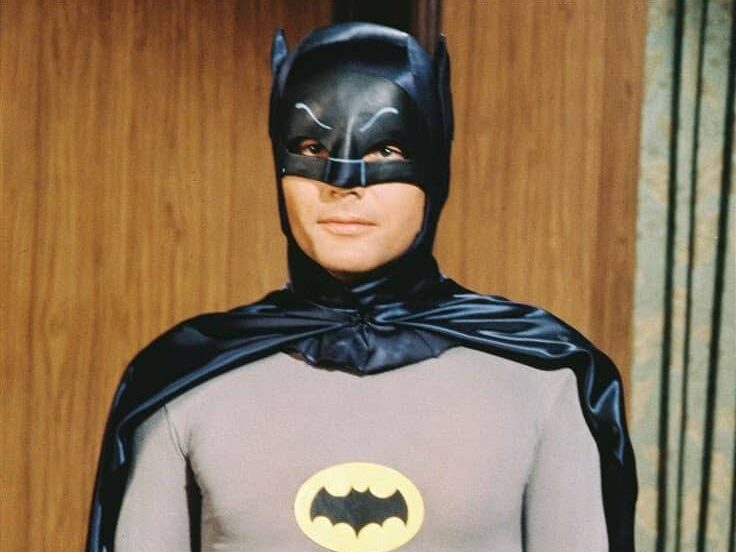
Adam West’s deadpan portrayal of Batman in the iconic 1966 series made him a legend, but it also trapped him. He became the poster boy for camp, unsure how to find roles afterward. In a 1988 interview, West admitted he rushed into films hoping to break free, but his Batman label “kept coming back to haunt him,” like an “albatross” around his neck. West spent years trying to escape that shadow, auditioning for countless roles and stepping away when offers were clearly tied to the same campy persona. But over time, he made peace with it, embracing reprised cameo work and voice roles in animated Batman projects.
4. Sally Struthers
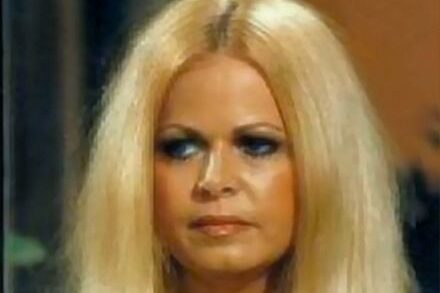
As Gloria Stivic on “All in the Family” (1971–1979), Sally Struthers became “America’s daughter,” delivering heartfelt and powerful scenes. Yet behind that success, she felt stifled by the show’s tone and her character’s frequent tears. She often had only a few repetitive lines per episode and was left out of major creative decisions by the writers and creator Norman Lear. Struthers noted that she felt undervalued (“the fourth banana,” she said), even suing to break her contract after five seasons, though ultimately she lost those efforts. She later admitted that the lack of depth in her early episodes left her longing for more meaningful engagement, and greater recognition.
5. Robert Reed

Robert Reed, a seasoned Shakespearean actor, took on The Brady Bunch but was soon sinking under the show’s simplistic scripts. He frequently clashed with creator Sherwood Schwartz, sending handwritten memos pointing out unrealistic motivations or laughable gags. Reed believed the material deserved more depth, even refusing to appear in the series finale when a cartoonish hair-plot went unchanged. Behind the scenes, this frustration wasn’t personal, Florence Henderson recalled Reed loved working with the cast, but creative: he thought blending farce with sitcom flatness was beneath the show’s potential. He yearned for nuance and authenticity, not bubblegum clichés, and his departure left a legacy of what a sitcom could, but didn’t, become.
6. Elizabeth Montgomery

Elizabeth Montgomery radiated charm as Samantha in Bewitched, but over time, she vented about the formulaic scripts and stunted writing. After her husband and show creator Bill Asher stepped away, the sitcom leaned heavily into gimmicks rather than character depth, something Montgomery quietly resented. In private interviews, she reflected on how Samantha’s perfect life masked bigger emotional truths, like repression and unexpressed potential, but found the scripts rarely explored these undercurrents. She longed for her character to evolve, not just fly in the same loops she’d been cast in since 1964.
7. Bill Bixby

Bill Bixby poured his heart into playing Dr. David Banner on The Incredible Hulk, but behind the scenes, the focus squarely rested on the green creature, not the man behind it. Bixby found the physical grind of filming grueling, daily transformations and heavy prosthetics eventually wore on him. In interviews, co-stars and crew describe him as meticulous and committed, yet often frustrated when Banner’s emotional depth took a backseat to CGI and stunts. Bixby longed for dramatic moments that honored his performance, but in the end, it was the Hulk who always got the spotlight.
8. Ron Howard
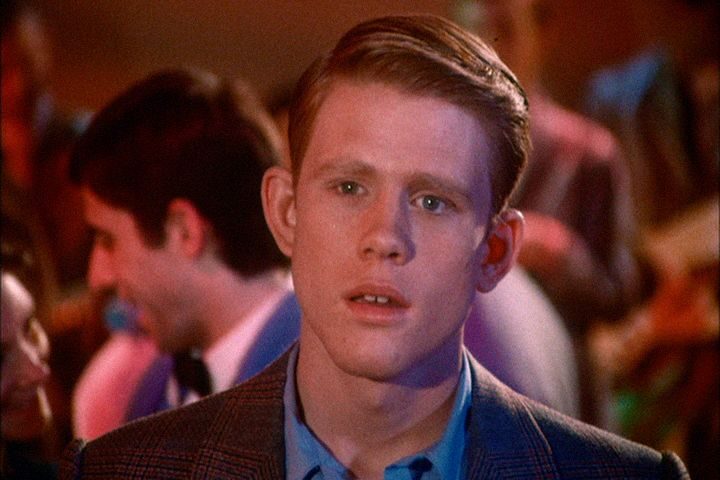
Ron Howard began Happy Days as the all-American Richie Cunningham, but it wasn’t long before The Fonz claimed center stage. As Henry Winkler’s charisma soared, studio executives shifted focus away from Richie, Howard admitted he was treated with “disrespect” and felt like a “secondhand citizen” on his own show. Though Richie remained beloved, Howard says that experience fueled his ambition to direct his own stories, so much so that he left after season 7 to pursue filmmaking. His departure speaks volumes: Richie was his start, but not his destiny, and moving behind the camera became his true calling.
9. Richard Dawson
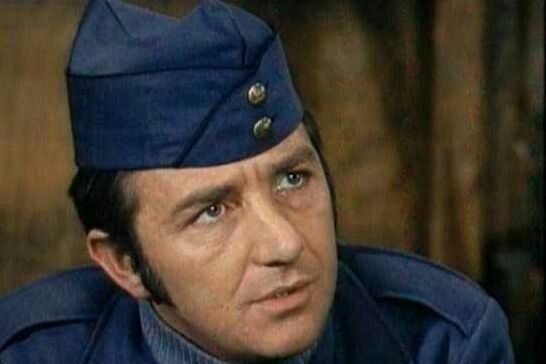
Richard Dawson brought charm and boldness to both Hogan’s Heroes (as Cpl. Peter Newkirk) and Family Feud (as the flamboyant host). Off-camera, however, he had a reputation for being hard to work with, intelligent and competitive, he knew when to choose his battles. On Family Feud, he pushed boundaries with his kissing gimmick, TV executives pushed back, but audiences loved it, and he defended his choices: “kissed for love and luck”. Still, his ego caused friction both at game shows and during Hogan’s Heroes reruns, where he reportedly burned bridges with producers and colleagues frustrated by his relentless intensity.
10. Larry Linville
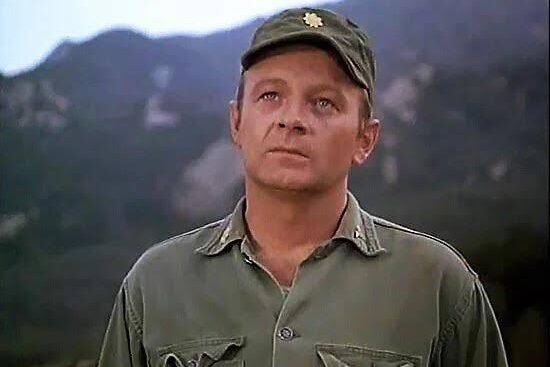
Larry Linville’s role as Major Frank Burns on MASH* brought him considerable fame, but he found the character too one-dimensional. Frank was crafted as a pompous, inept, and often comically villainous figure, which Linville felt limited his ability to bring depth to the part. After five seasons, Linville decided not to renew his contract, sensing that the role had reached its creative limits and that staying on would mean being stuck in the same repetitive mold. He wanted to explore more varied and meaningful opportunities beyond the caricature he played. His departure came despite the show’s soaring success, a move that showed how personal artistic satisfaction sometimes outweighs commercial success. Linville later engaged with students and fans, sharing insights about acting and the complexities of being tied to one iconic role.
11. Ann B. Davis

Ann B. Davis is forever remembered as Alice Nelson, the beloved housekeeper on The Brady Bunch. While the role brought her warm recognition and affection, Davis admitted it became a double-edged sword. Being so strongly identified with Alice made it tough for her to break into other types of parts, particularly more serious or varied roles. This kind of typecasting can be a trap for many actors, and Davis was no exception. The audience’s love for her character made casting directors reluctant to see her in any other light. Despite the affection fans held for Alice, this confinement curtailed Davis’s career diversification, a sentiment common among several actors attached to one iconic TV persona.
12. Penny Marshall
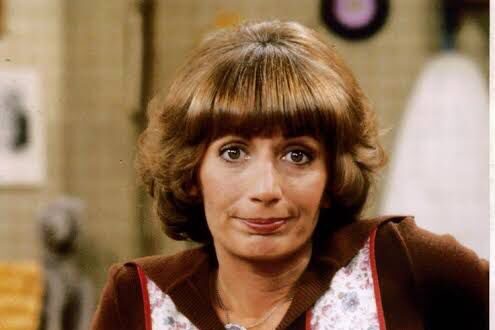
Penny Marshall’s portrayal of Laverne DeFazio in Laverne & Shirley made her a household name, with her character’s charm and humor winning over millions. Yet, behind the scenes, Marshall grew weary of creative limitations and recurring backstage dramas. The pressures of sustaining a long-running show meant dealing with repeated storylines and conflicts that sometimes stifled her artistic spirit. Though the show was a hit, the creative environment wasn’t always supportive, and Marshall ultimately became frustrated with how the role kept her boxed into a fixed comedic persona. Dissatisfaction with the industry’s constraints reflects the challenge many beloved stars face when their signature role ends up eclipsing other creative ambitions.
13. MacLean Stevenson
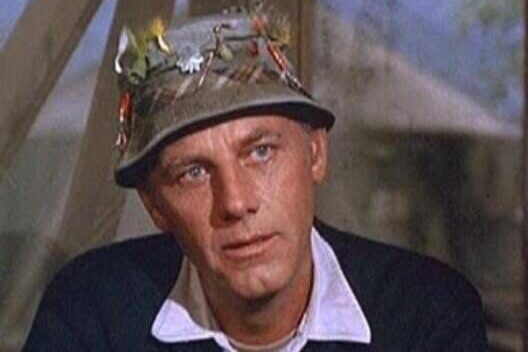
MacLean Stevenson played Lt. Col. Henry Blake in MASH*, a character marked by warmth and a laid-back leadership style. However, Stevenson felt the part didn’t offer him enough depth or growth, prompting his decision to leave the series. Sadly, after departing, he found himself typecast and struggled to find roles with the creative fulfillment he sought. The irony of walking away to seek better opportunities only to land fewer highlights the risk actors face when they try to escape an iconic role. For Stevenson, Henry Blake was both a springboard and a cage, illustrating how complicated the relationship between fame and artistic satisfaction can be.
14. Donna Douglas
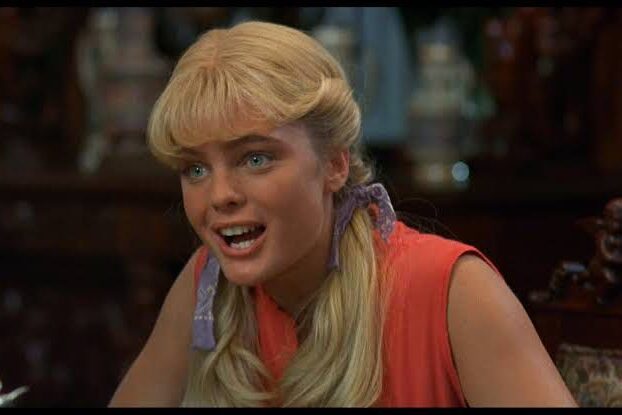
Donna Douglas charmed audiences as Elly May Clampett on The Beverly Hillbillies, becoming a symbol of innocence and country charm. Though the role brought her popularity, Douglas later described it as a trap that kept her from being taken seriously as an actress. The character’s strong identification with rural simplicity made it hard for Douglas to secure diverse, challenging roles that could showcase her range. Like many actors defined by a single, memorable part, she experienced the downside of fame’s pigeonholing effect. This struggle highlights the often bittersweet nature of lasting TV roles, they bring recognition but can also limit professional growth.
15. Mark Goddard
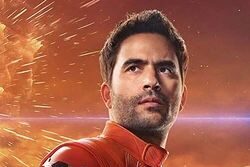
Mark Goddard played Major Don West on Lost in Space, a part that initially promised adventure and sci-fi thrills. But Goddard later openly criticized the show’s plunge into campy, over-the-top science fiction. He called certain episodes “childish,” expressing regret about being involved in a series that veered away from serious storytelling into gimmickry. For Goddard, the role didn’t fulfill the artistic or professional aspirations he had hoped for. His experience shows how even popular shows can disappoint actors when creative direction shrinks into something less meaningful or credible. It’s a reminder that fame alone doesn’t guarantee satisfaction when the quality of the work diminishes.
16. Eve Plumb
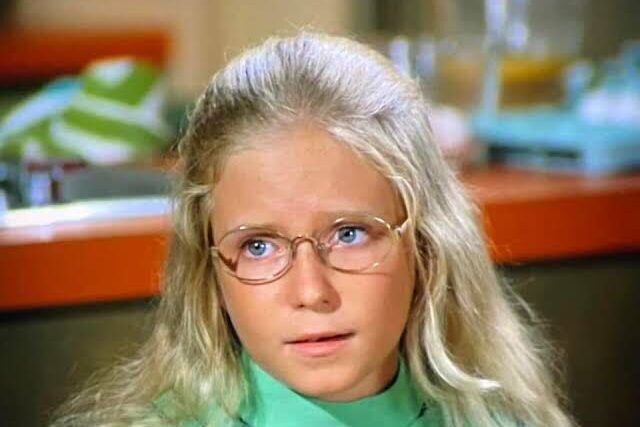
Eve Plumb, best known for playing Jan Brady on The Brady Bunch, dealt with persistent frustration over being forever typecast as “Jan.” So defining was the role that Plumb skipped the show’s reunion projects for years, wary of being trapped in a single identity. She found it difficult for people to separate her from Jan’s image, which limited her chances at diverse roles and slowed her acting career. Plumb’s feelings highlight a common plight among TV stars: once a character becomes iconic, it’s challenging to evolve beyond it in the public eye. She ultimately carved out a quieter career but always grappled with the imprint of Jan Brady on her professional life.
17. Robert Hegyes
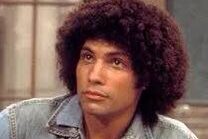
Robert Hegyes played Juan Epstein in Welcome Back, Kotter, a character who became iconic for his humor but also for the stereotype he sometimes represented. Hegyes had mixed feelings about the role, recognizing how Epstein was often seen more as a punchline than a fully fleshed-out person. This ambivalence captures the tension for actors caught in roles that bring recognition but simplify or reduce their character’s humanity. While the show was beloved, Hegyes’s response reveals the deeper struggle with how fans and the industry perceive certain characters, often valuing laughs over complexity. It’s a reminder that being memorable isn’t always a blessing if it diminishes the actor’s artistic identity.
18. Barbara Feldon
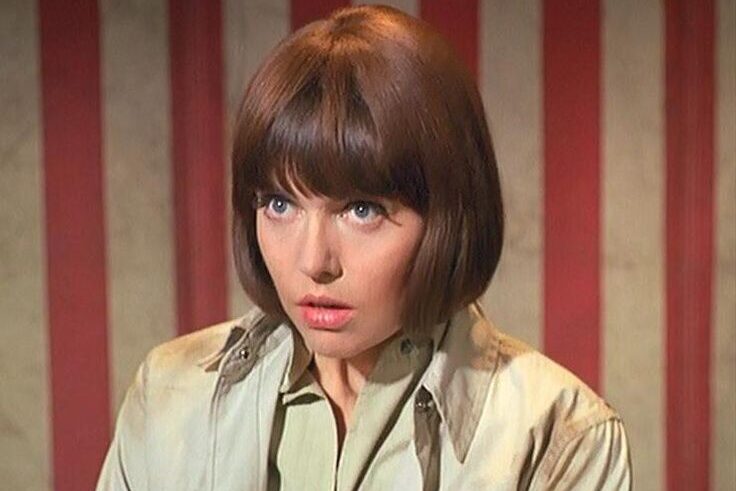
Barbara Feldon’s role as Agent 99 in Get Smart was widely adored, blending intelligence and charm in a goofy spy setting. Yet, Feldon later shared that she disliked being remembered only as “the pretty spy” in a comedic, somewhat silly show. Despite fondness for Get Smart, the narrow public perception felt limiting, overshadowing the full spectrum of her talents and career. This contradiction is common among actors associated with iconic parts, they’re loved for one image but frustrated by the lack of recognition beyond that. Feldon’s story exemplifies how the glow of fame can sometimes cast restrictive shadows that confine actors’ professional identities.
19. Wayne Rogers
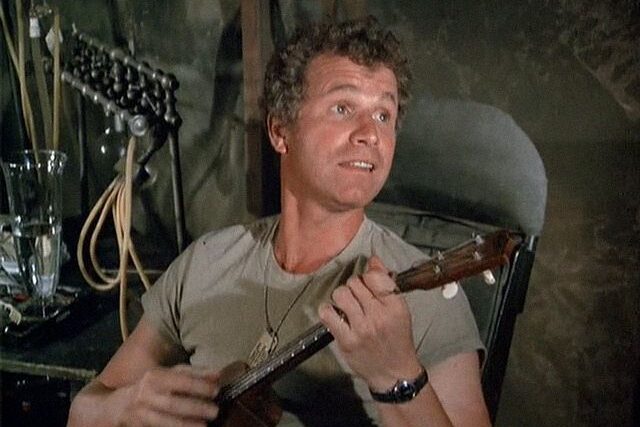
Wayne Rogers originated the role of Trapper John McIntyre on MASH* but decided to leave after just three seasons. His departure stemmed from creative dissatisfaction, feeling the show’s direction limited the depth and variety of his character. Rogers also sensed his role was being overshadowed by others, particularly Alan Alda’s character, leading to frustration about his place in the ensemble. His early exit highlights how even roles that bring wide attention can prove stifling if the actor feels creatively sidelined. Rogers pushed for more meaningful work rather than remaining confined to a role that didn’t evolve as he hoped.
20. Erin Moran
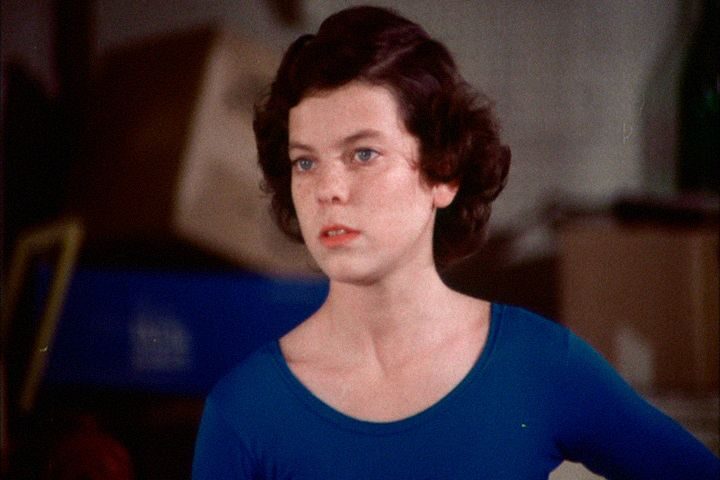
Erin Moran became a familiar face as Joanie Cunningham on Happy Days, a role that brought her early fame and a place in TV history. However, Moran struggled with the repercussions of being so closely tied to Joanie’s sweet, girl-next-door image. After the show ended, she found it difficult to land roles that offered more complexity or growth, feeling boxed in by the bright but narrow spotlight of her character. This limited range led to professional challenges and frustration, as she yearned to prove herself beyond Joanie’s persona. Moran’s experience reflects the bittersweet reality for many actors whose breakthrough roles become both a blessing and a barrier, the name recognition helps but also typecasts, making it harder to chart a fresh path in acting later on.
This story 20 Classic TV Stars Who Resented the Roles That Made Them Famous was first published on Daily FETCH


